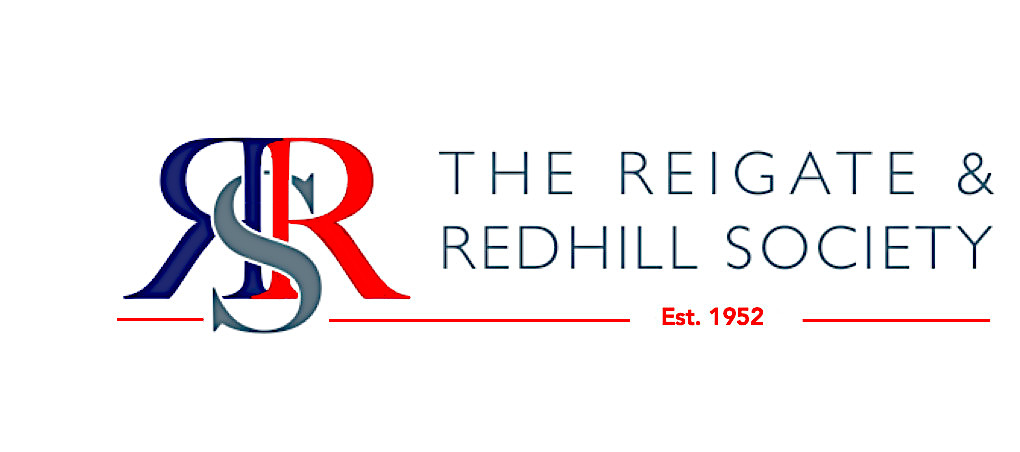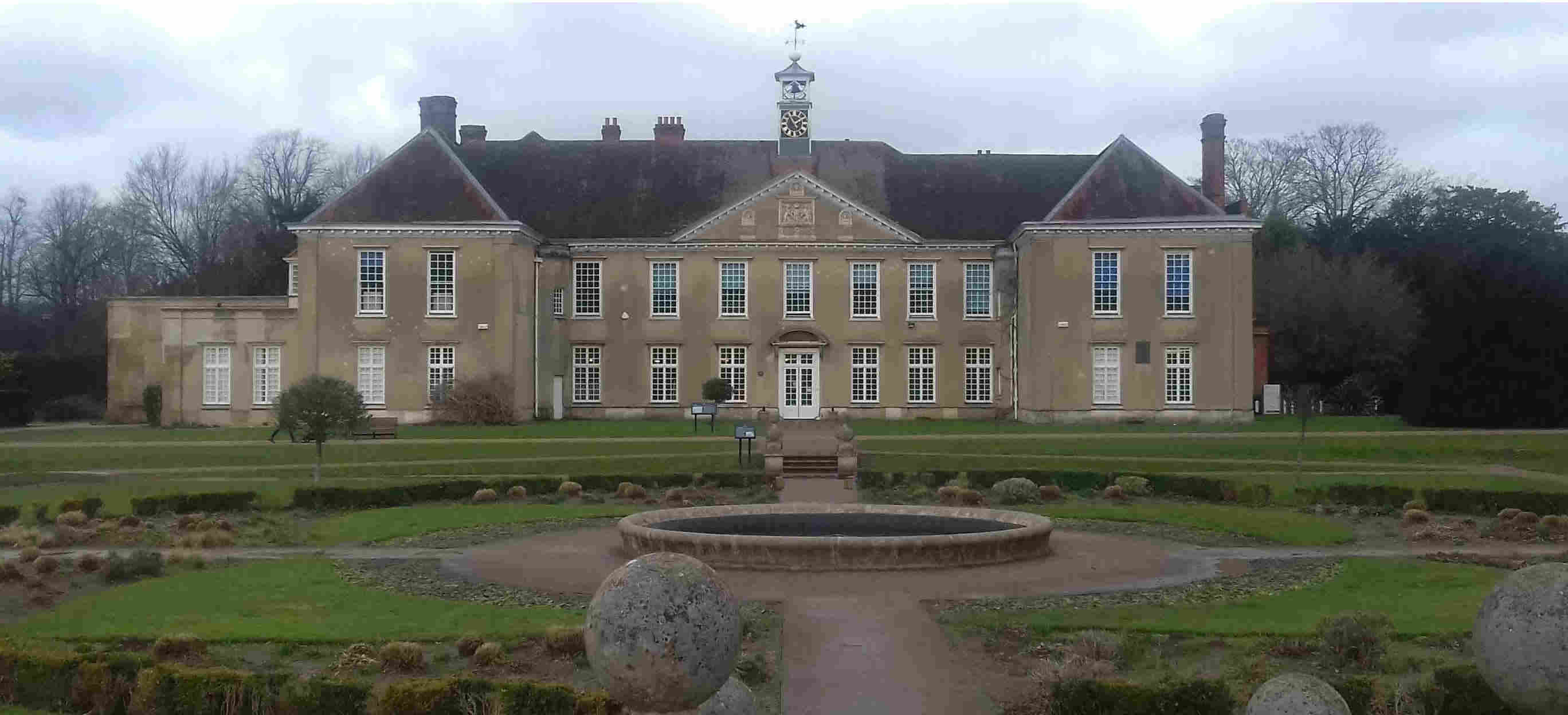History of Gatwick
The first mention of the name ‘Gatwick’ was in 1241 when some land was purchased by John de Gatewyk. On this land he built a property called The Sub Manor of Gatwick. Around 1696 the estate was sold to William Jordan who built the grand and luxurious Gatwick Manor House to the east of Povey Cross, near the North Terminal, replacing the earlier building. The name Gatwick is said to derive from old English meaning (essentially) “Goat Farm”.
The London & Brighton Railway opened on 12th July 1841 and ran close to the Gatwick Manor house. The Jordan family sold the land to the newly established Gatwick Race Course Company in 1890. The following year, the new owners opened a racecourse adjacent to the railway to replace a racecourse in Croydon and the railway, now the London Brighton & South Coast Railway, opened Gatwick Racecourse station on the site of the present Airport Station. The station was only open on race days. The racecourse had both flat steeplechases and hosted the Grand National during some years of World War 1 as Aintree Racecourse had been requisitioned by the War Office.
There was also a Gatwick Golf Club for a few years from 1907.
In the late 1920s, an aerodrome was opened at the south end of the present airport close to Tinsley Green Lane. The railway (now the Southern Railway) opened a station in 1935 just under a mile south of Gatwick Racecourse Station. The new station was initially named Tinsley Green but was soon renamed Gatwick Airport. This station had a subway to the first airport terminal, The Beehive.
In 1940, the airport was requisitioned by the Royal Air Force (RAF) and in 1952, it was decided to expand Gatwick Airport as London’s second airport. The final horse race was run in 1940.
Between 1956 and 1958, the airport was closed for major redevelopment. This involved diverting the River Mole and the A23 and A217 roads, building a runway across the former racecourse, building the South Terminal and redeveloping the old Racecourse Station to become the new Airport Station. In 1958, the new station opened and the old Airport Station was closed and later demolished. The former racecourse signalbox was retained on the centre of the three island platforms. The bandstand from the Racecourse was moved to Queens Square Crawley and moved again to the Memorial Gardens in Crawley.
Both stations are visible on the 1953 version of the famous ‘London to Brighton in 4 minutes’ film which is widely available on youtube.
The airport caused the introduction of new services; some Reading to Redhill services were extended to Gatwick from 1980 and the Gatwick Express services started in 1984.
Between late 2010 and early 2014, new facilities were built at the station, including platform 7 and a refurbishment of the concourse.
As the airport steadily grew, the old station was reaching its limits and construction of the new concourse began in November 2020 and took three years to complete.

